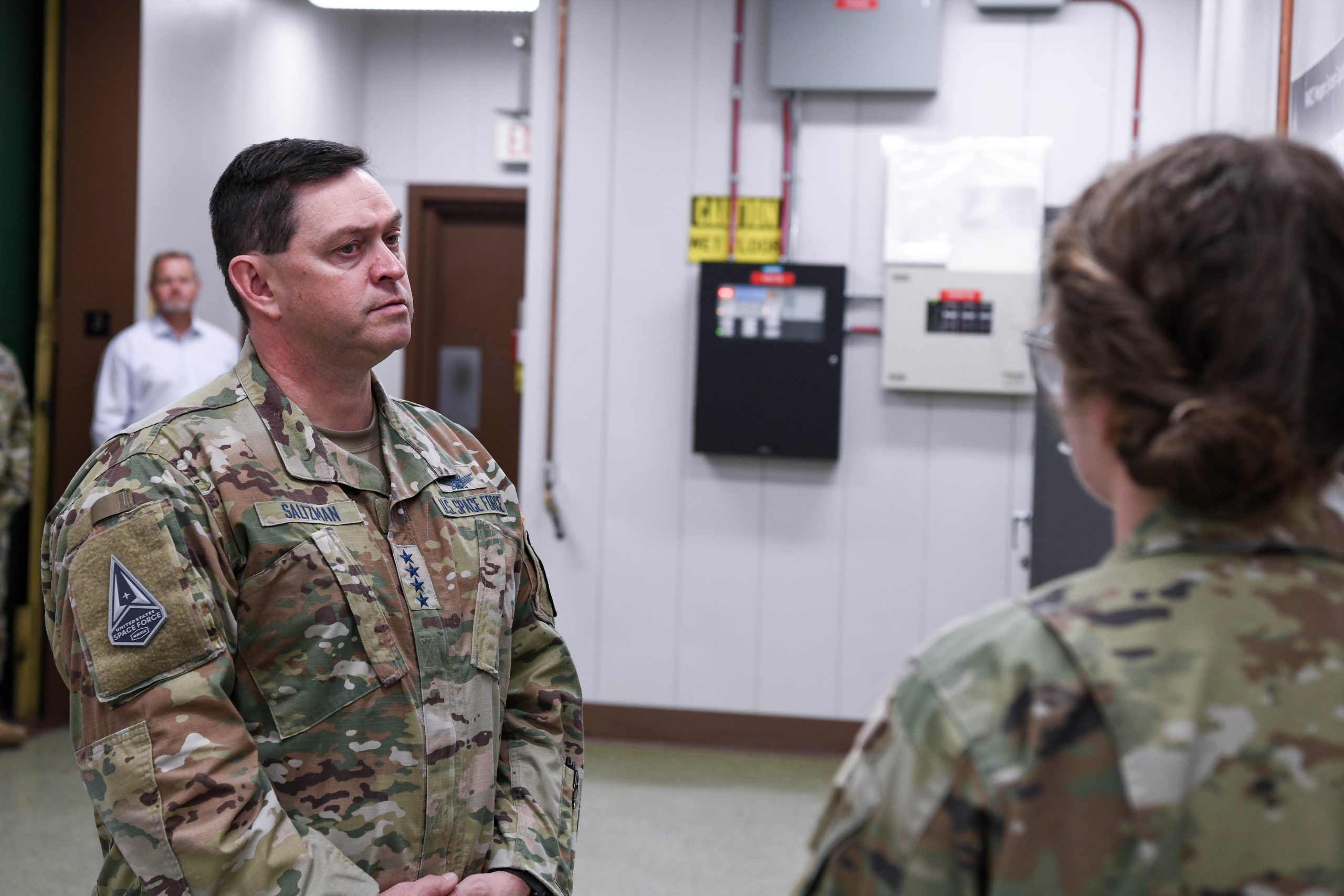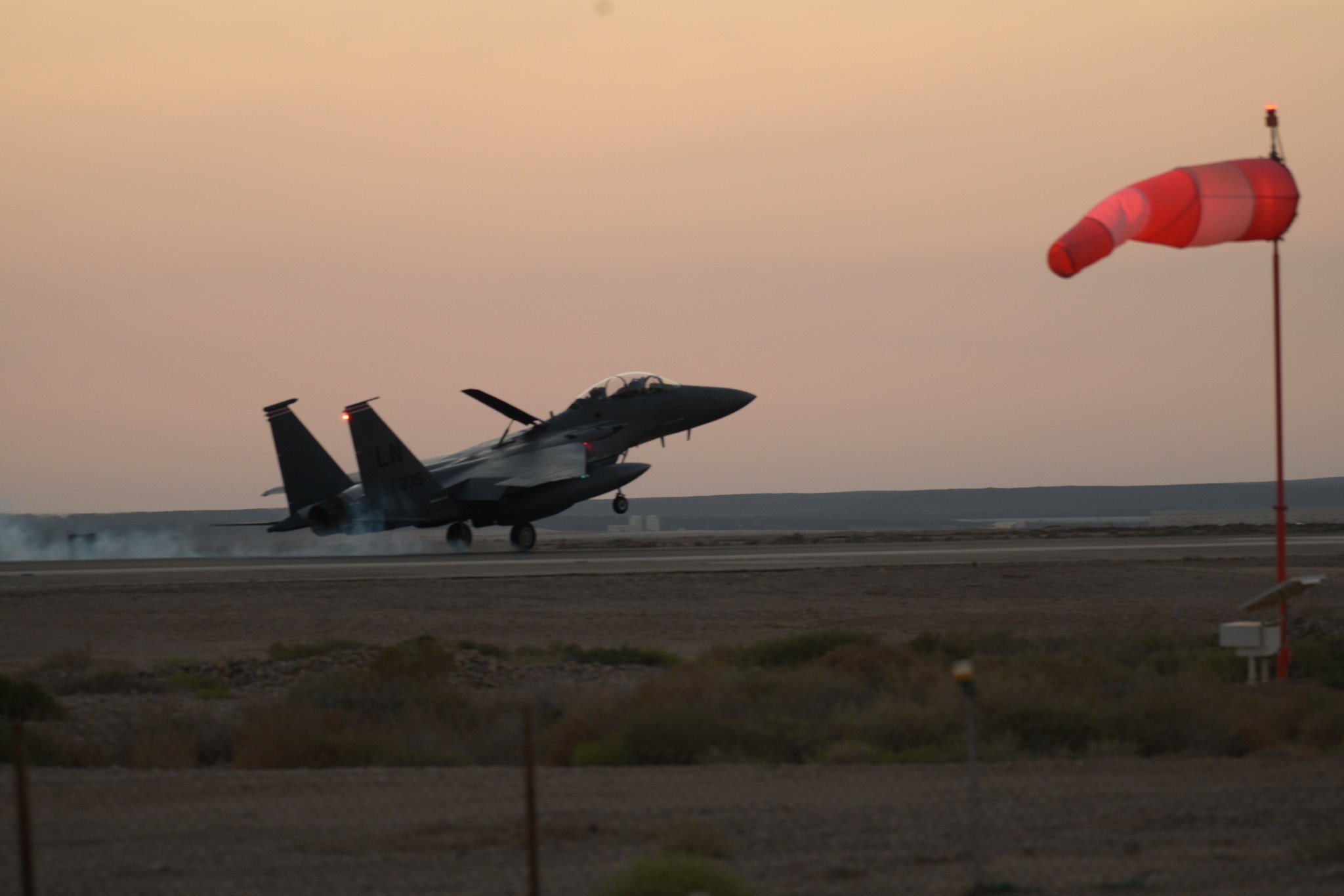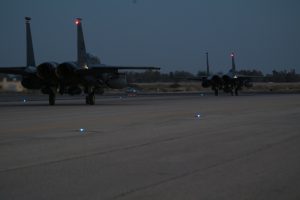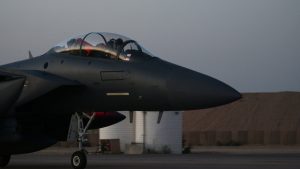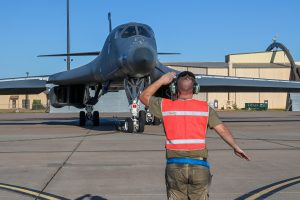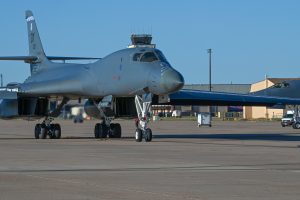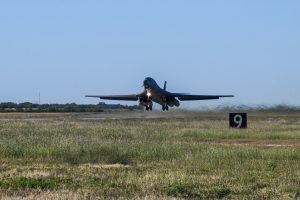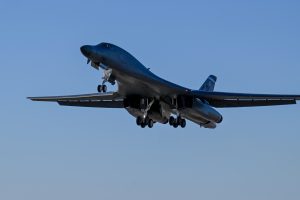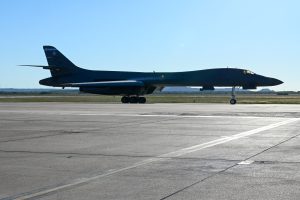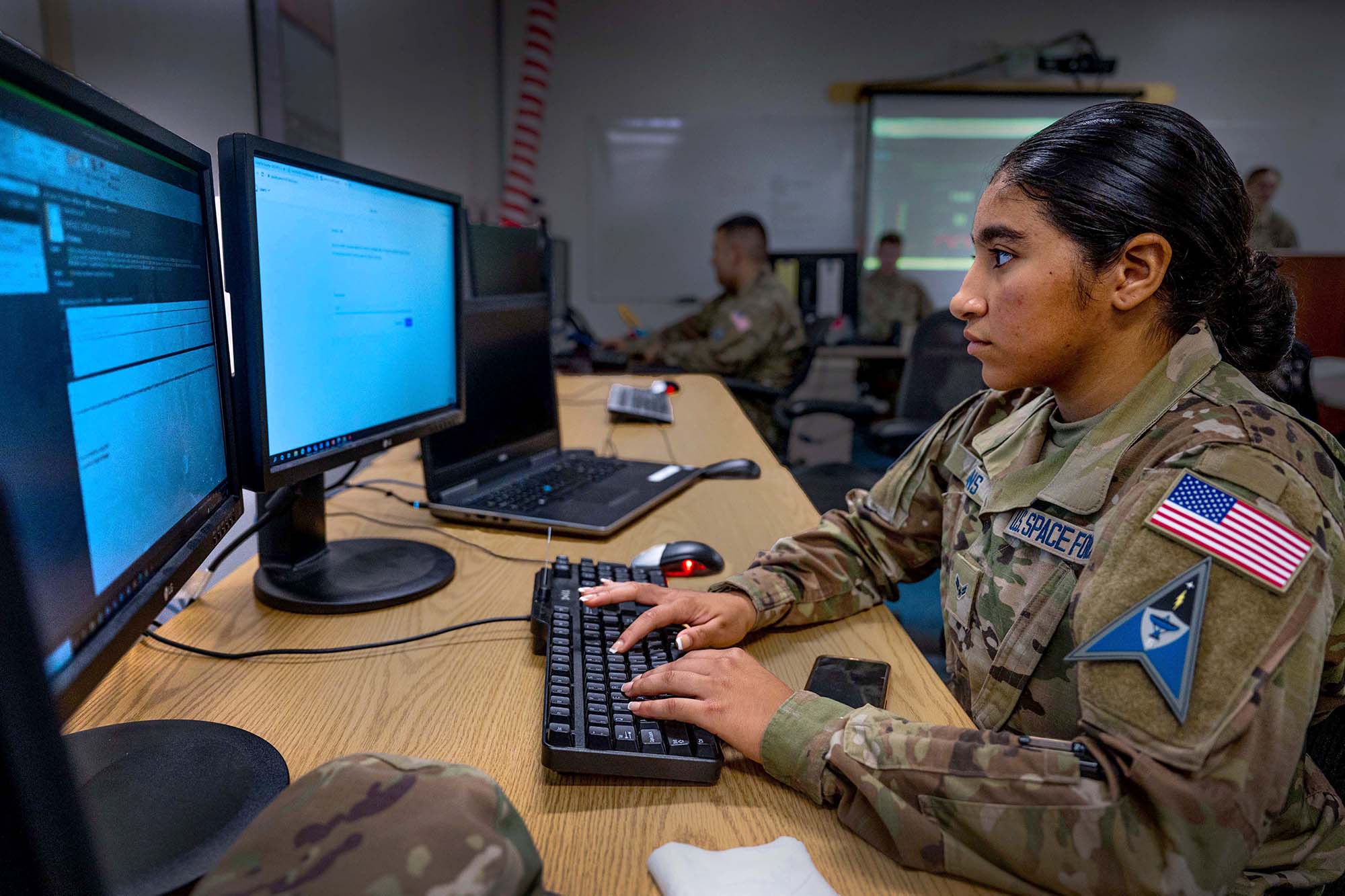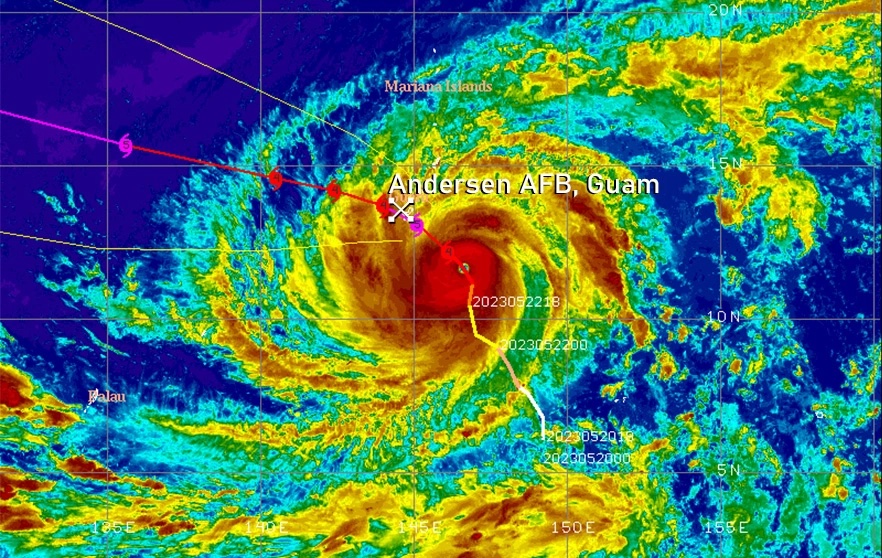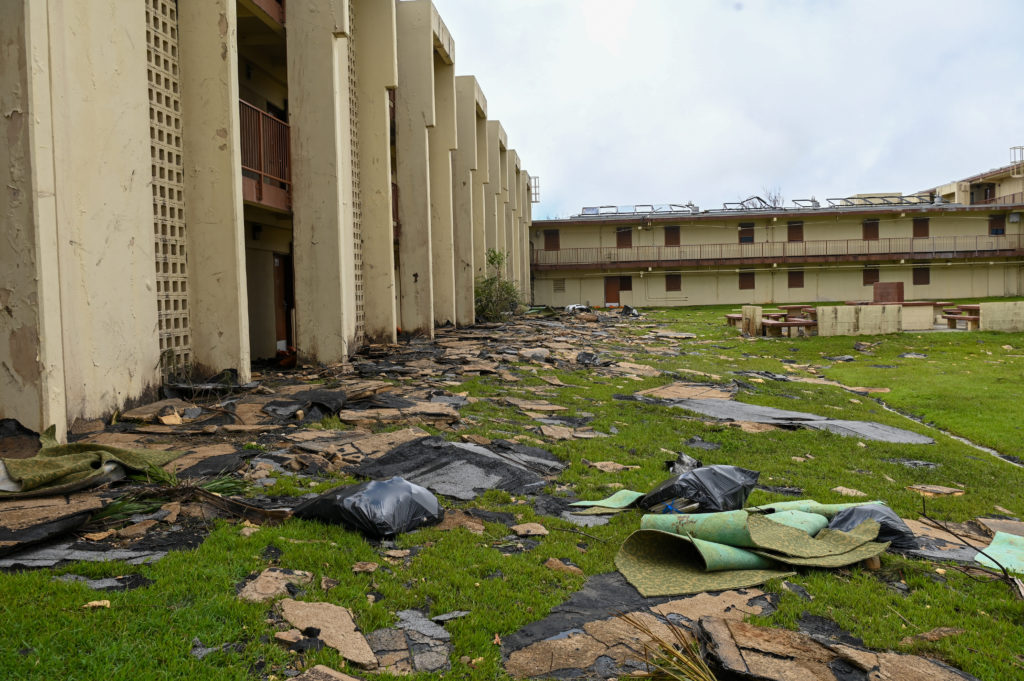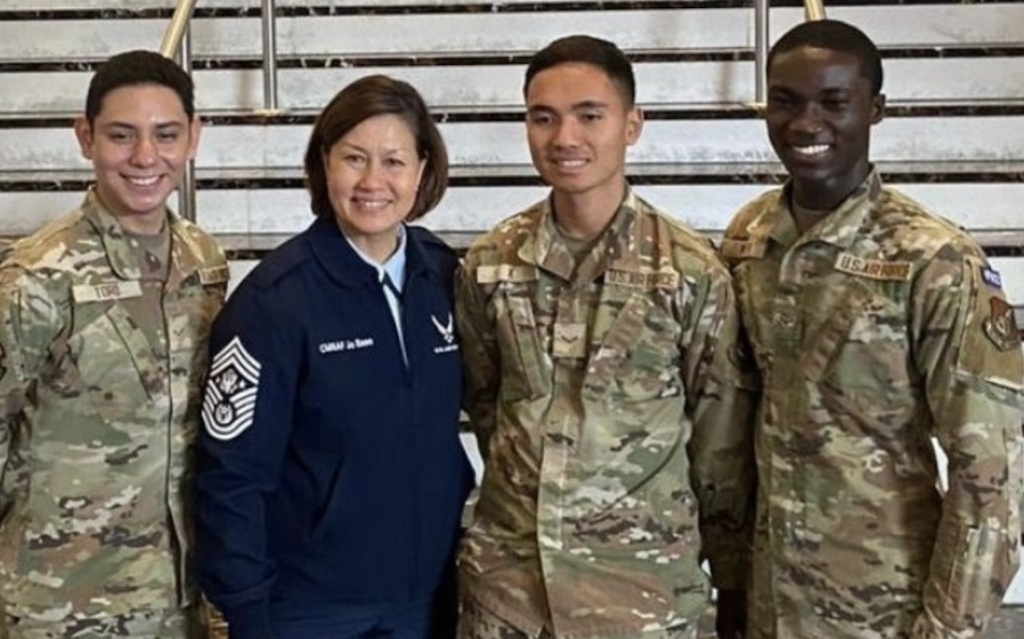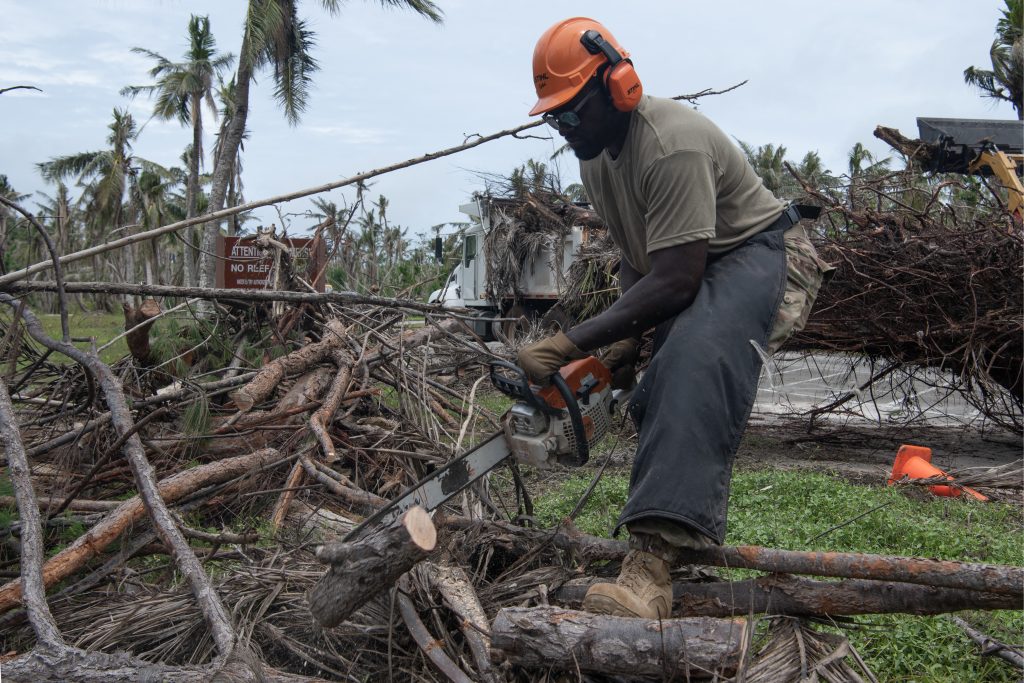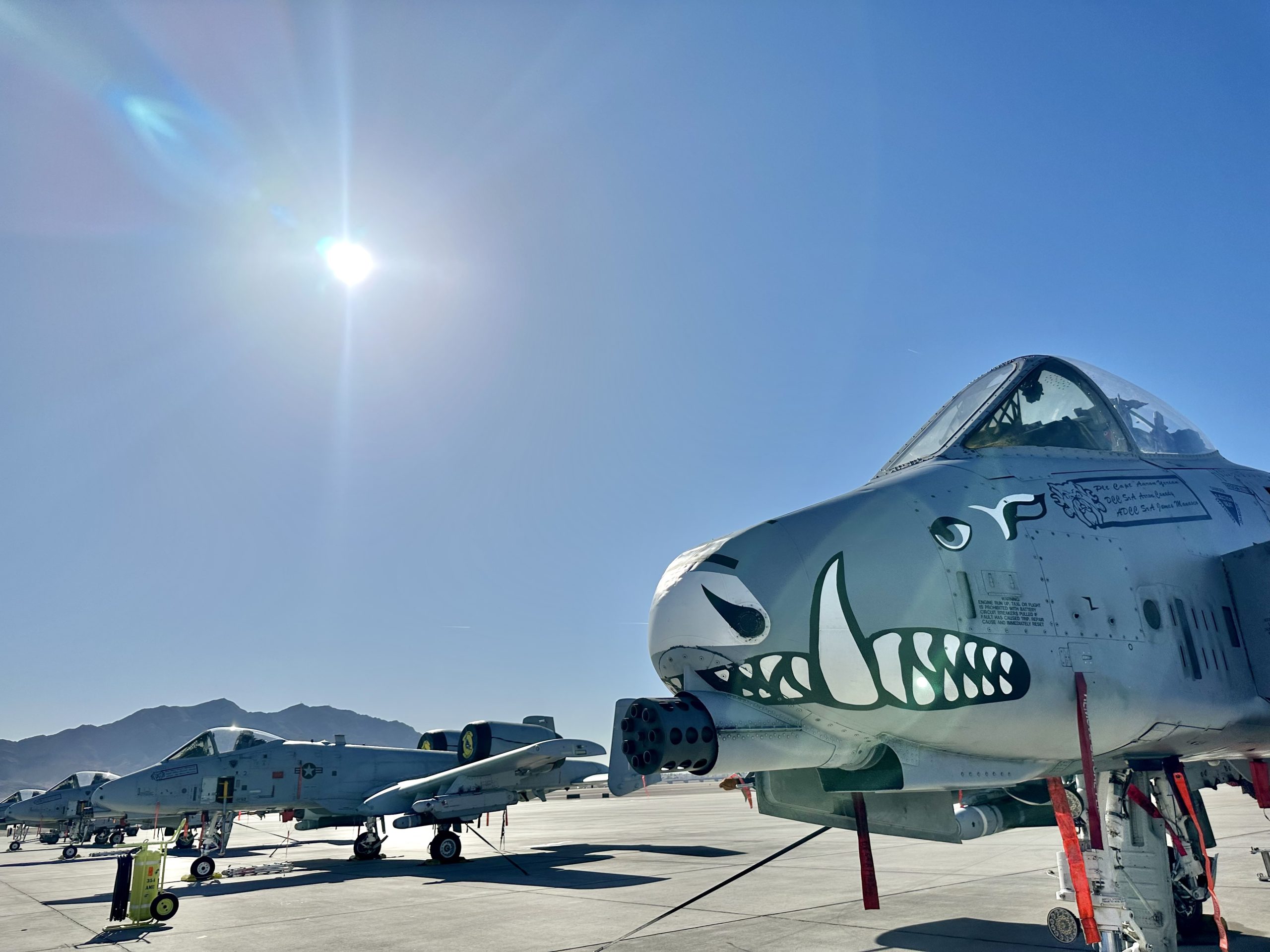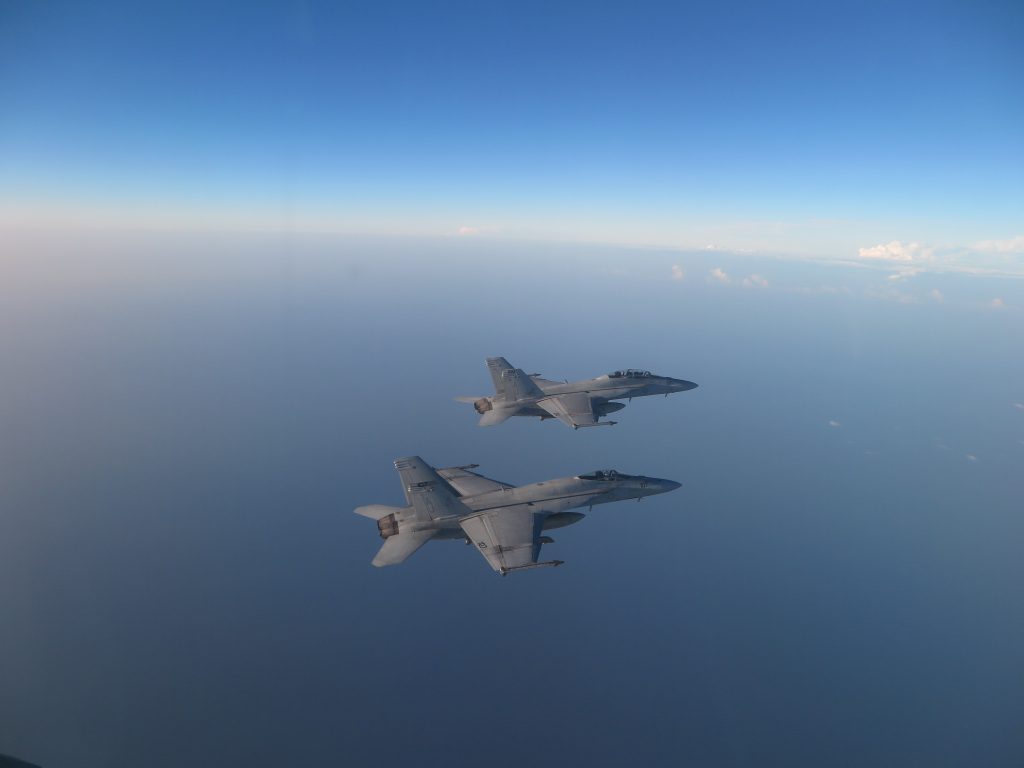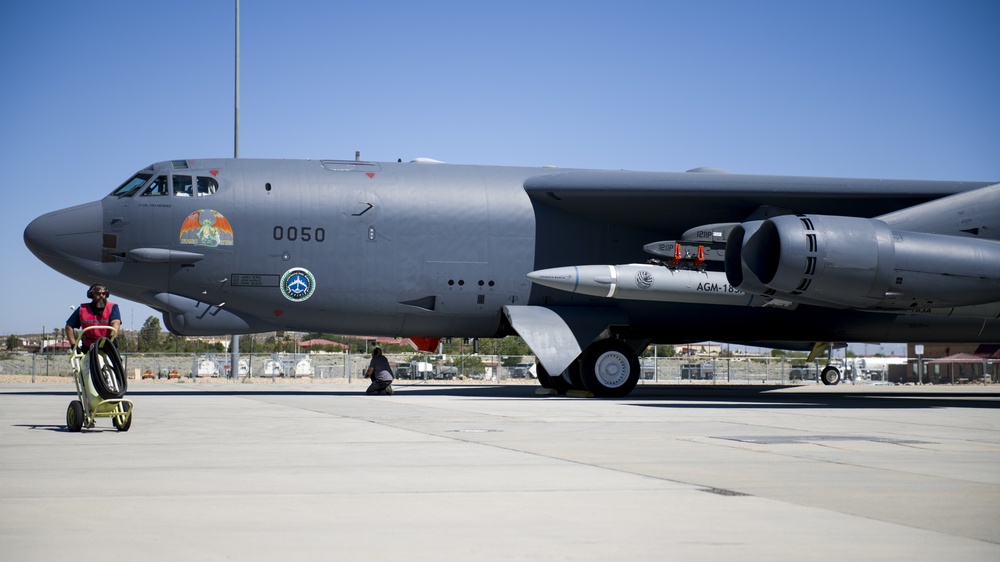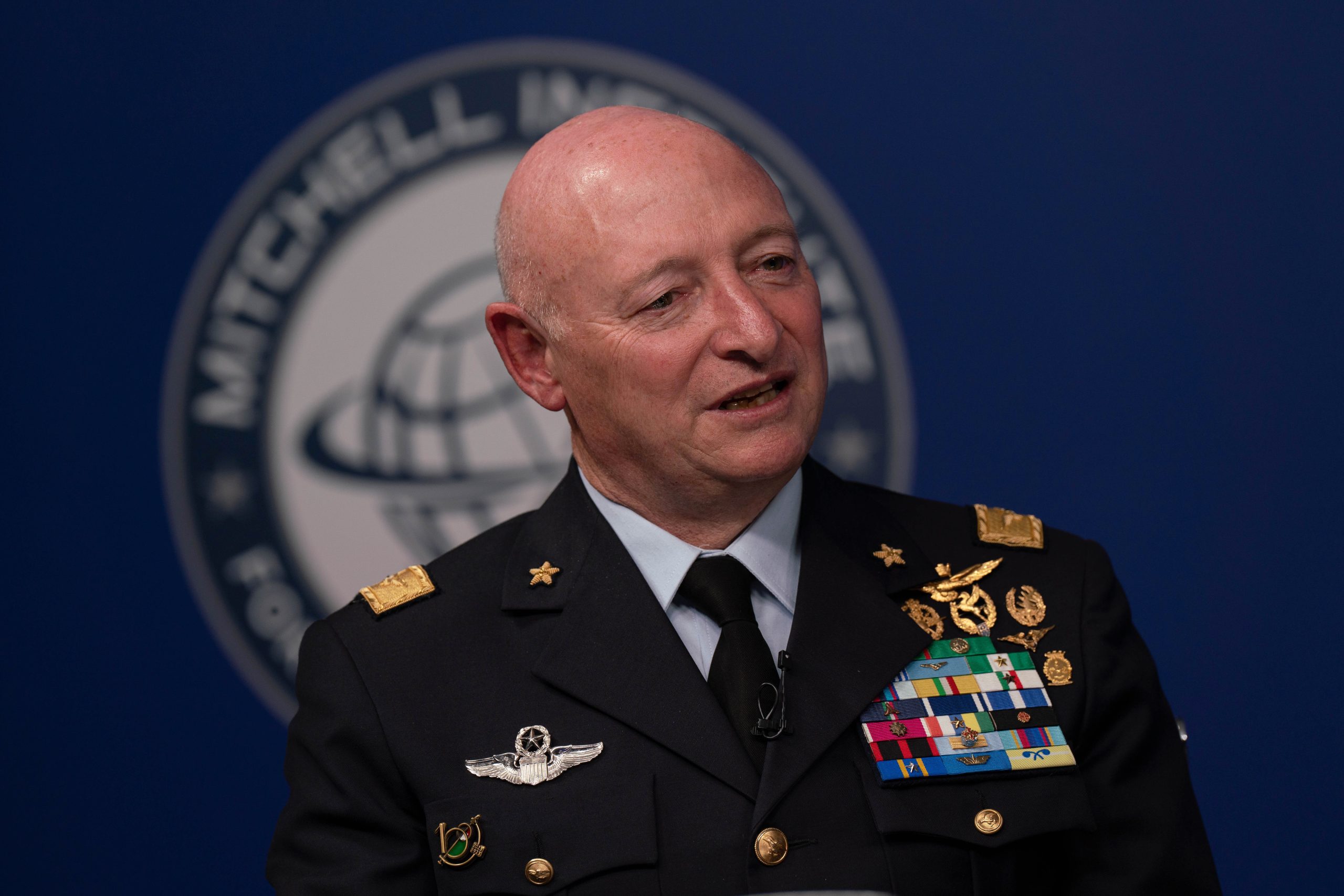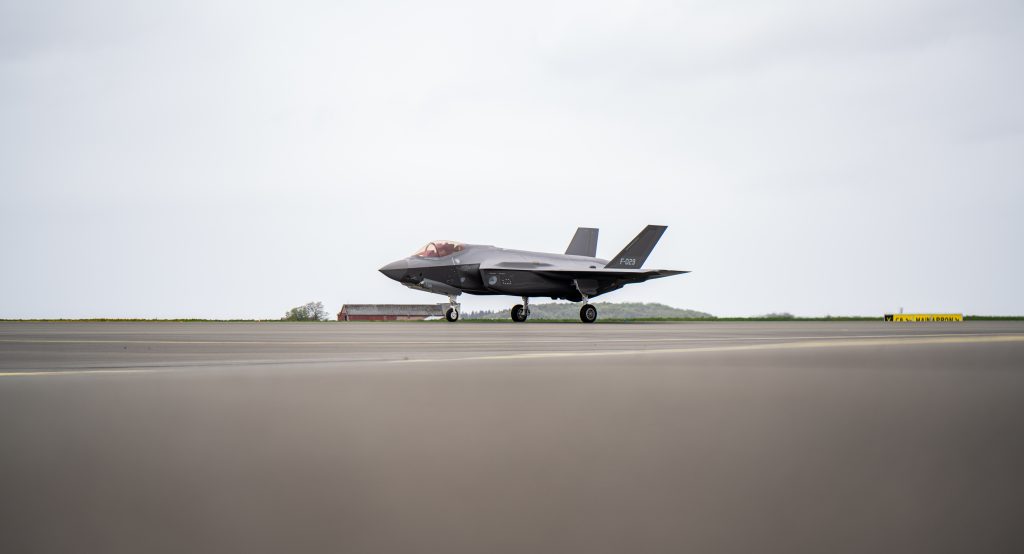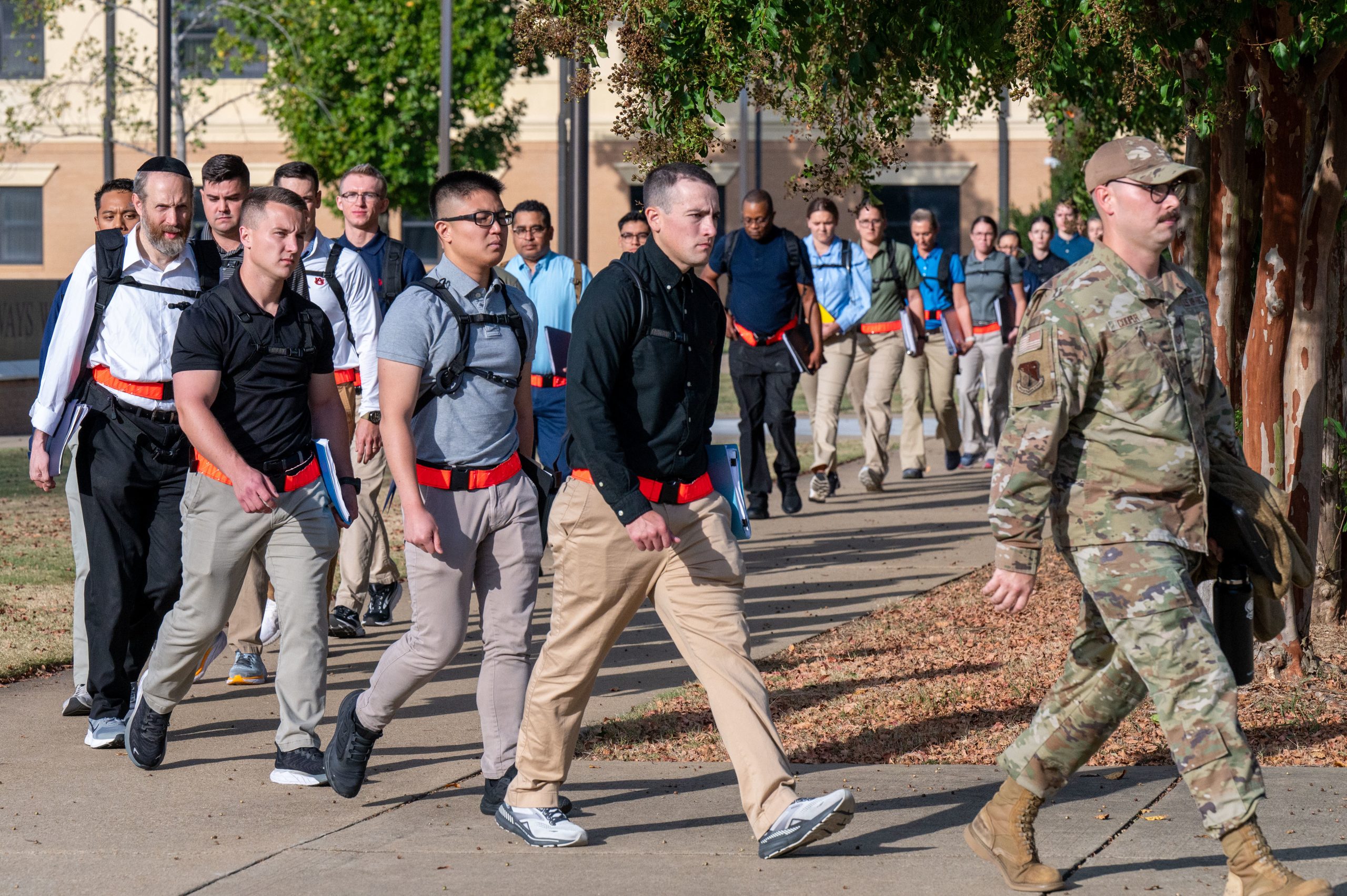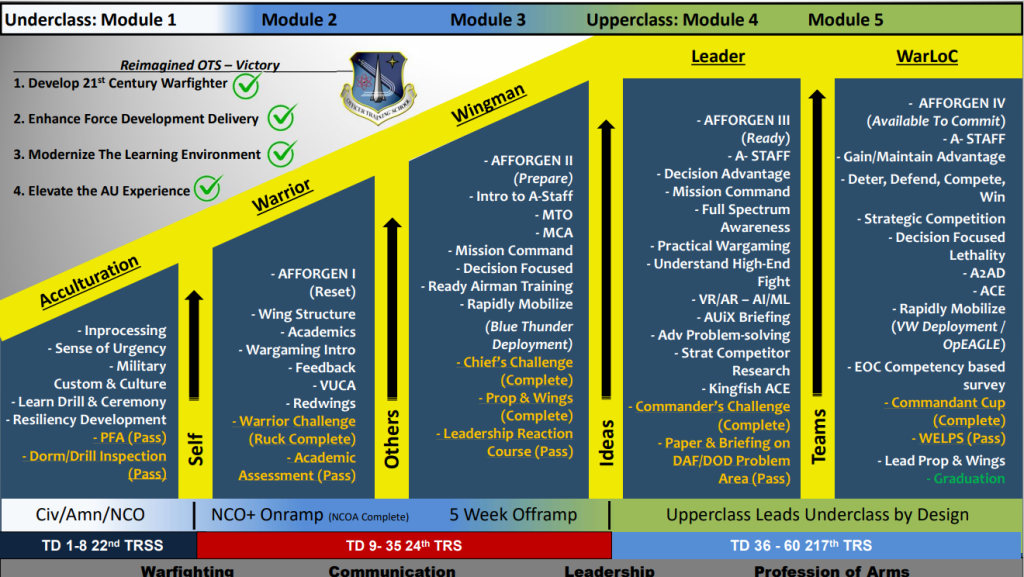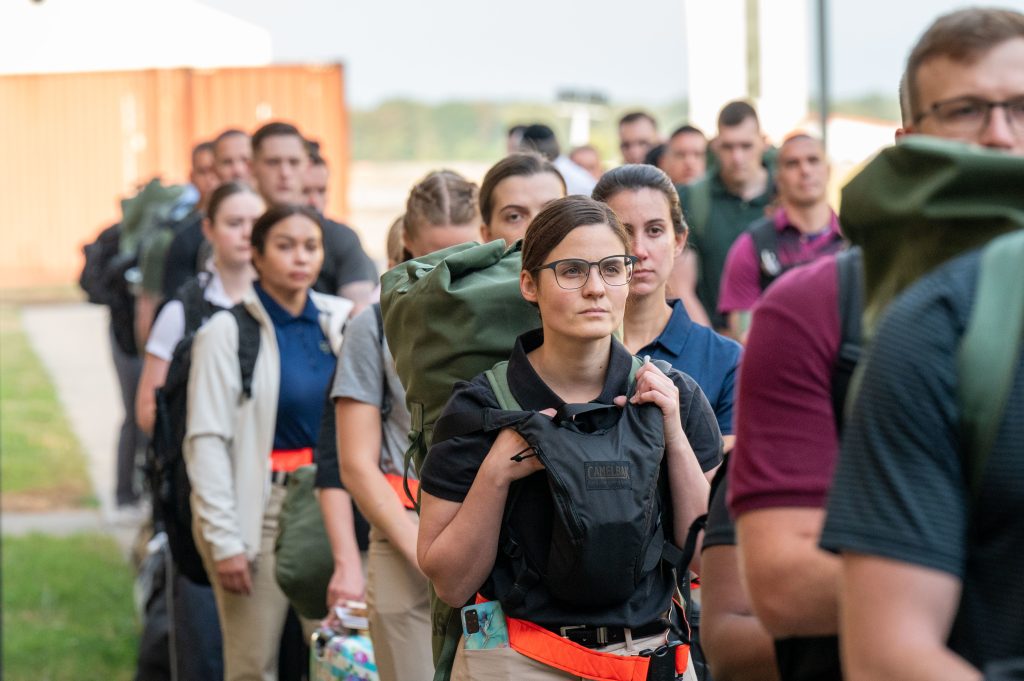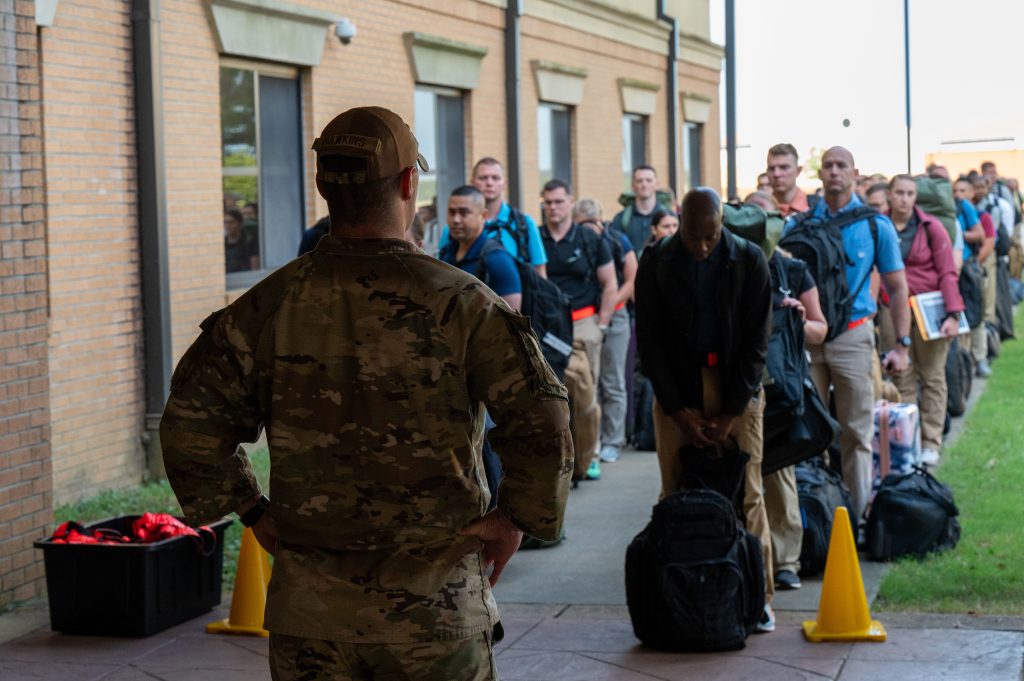A month after revealing prototype “Integrated Mission Deltas” to combine operations and sustainment under one roof, Chief of Space Operations Gen. B. Chance Saltzman announced he’s creating corresponding “System Deltas” to further refine the organization.
The new units are part of Saltzman’s push to align the Space Force around missions rather than functions. In a service-wide ‘C-Note’ sent Oct. 13, Saltzman described the effort as “Forging a Purpose-built Space Service.”
As with the Integrated Mission Deltas, the Space Force will begin with two prototype System Deltas, one focused on electronic warfare and the other on position, navigation, and timing.
Just as the mission deltas fall within Space Operations Command, including their own sustainment and upgrade personnel who used to be in Space Systems Command, the new System Deltas also combine personnel from different areas. Focused on developing and acquiring new capabilities and systems, these units will be part of Space Systems Command, Saltzman wrote, but possess close ties with their mission delta counterparts to “streamline the feedback” from operators to acquirers.
But close ties does not suggest the deltas will be physically co-located. A Space Force spokesperson told Air & Space Forces Magazine that the System Deltas and the Integrated Mission Deltas will instead seek to better coordinate their efforts by eliminated what Saltzman calls “organizational seams.”
“There are no perfect organizational structures,” Saltzman said at AFA’s Air, Space & Cyber Conference in September. “The structuring of people to do their jobs will always create seams. The key is to arrange the organization to maximize performance around what matters most and minimize the negative integration effects that seams naturally create.”
Creating System Deltas as a direct counterpart to Integrated Mission Deltas will mitigate the seams between these functions by cutting down on the bureaucratic process by which operations and acquisition personnel typically communicate wants and needs, the spokesperson added.
The two Integrated Mission Deltas officially stood up Oct. 12, as the electronic warfare sustainment offices moved to Space Delta 3, Space Operations Command’s EW Space Delta. The other new mission delta, focused on position, navigation, and timing, is entirely new, and was built by drawing operators out of Space Delta 8 and sustainers from Space Systems Command.
The new System Deltas will form “in the coming months,” according to a Space Force release.
“Corresponding [System Deltas] will follow, but our initial scope is limited so we can quickly execute, learn, and adapt for broader implementation,” Saltzman wrote in his memo.
The Integrated Mission Deltas and System Deltas are fully in line with Air Force Secretary Frank Kendall’s objective to reoptimize the department for an era of great power competition.
“Form follows function and, as Secretary Kendall has said, it is critical that all elements of the DAF be reoptimized for great power competition,” Saltzman wrote in his memo, the latest in a series of C-Notes he has sent to the service outlining his ideas and ambitions for the Space Force. “Our processes must generate the effects our Joint Force needs to successfully implement the [National Defense Strategy] in the face of our pacing threat.”
